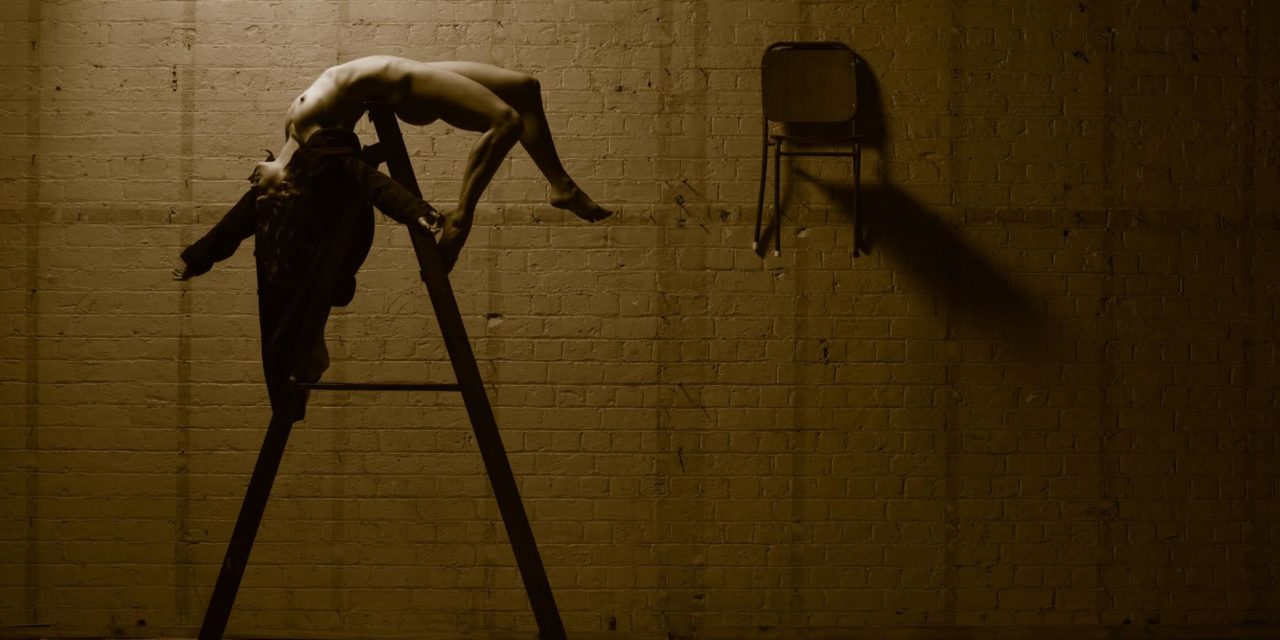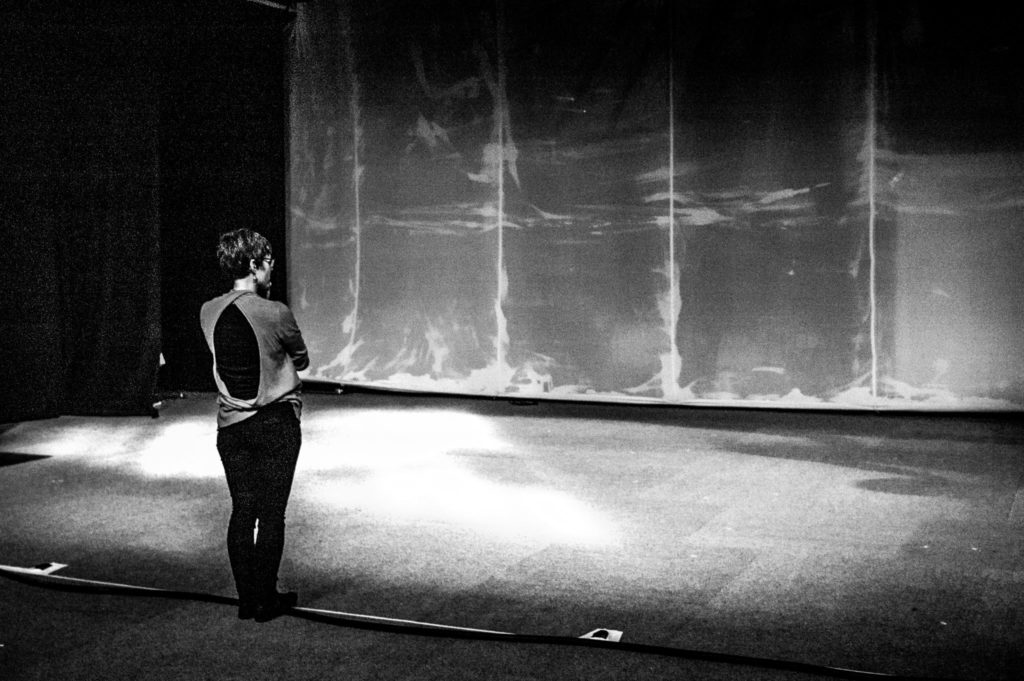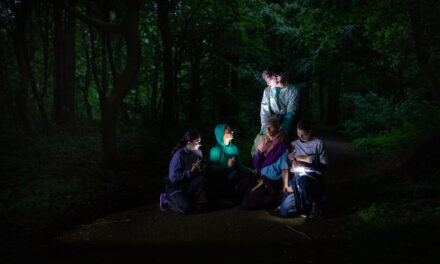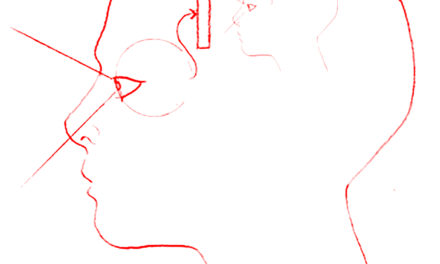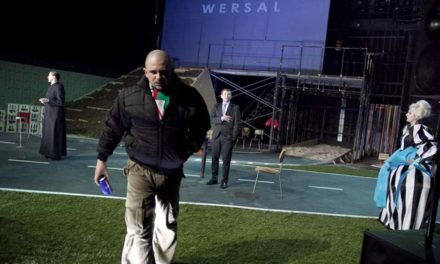Playwright and dramaturge Gary Henderson points out that classic rugby analogies, although clichéd, work well because they’re specific to our culture, our country, and our people. Dramaturgy, he argues, is no different:
“If you’re a rugby player you cannot break the rules, but what you can do is subvert the expected conventions,” he explains. “A brilliant rugby player is the one who will side-step when everyone is expecting them to pass, or will tackle when fans least expect it. This is still part of the language of the game but there is an active subversion of the expectation – this is why Foreskin’s Lament is brilliant.”
Conventionally, a dramaturg is a theatre specialist responsible for providing critical support and feedback to the playwright and occasionally to the director. The process can range from traditional forms of script advice to responding to other elements such as narrative arcs and plot as well as providing context and history of previous productions. Depending on the nature of the production the dramaturg may also provide programme notes or develop audience engagement plans. But like developing a language of the game, dramaturgy is inherently a process of theatrical navigation. It reflects an exploration of who we are as artists, how we make work and how we connect to our audiences. This process can extend far beyond the traditional expectations of dramaturgs and their relationships with other members of their team and in New Zealand, there is plenty of room to develop what this role could, and should look like. If we can have such pride in our national sport (irrespective of whether we are in fact fans of grown men in stubbies chasing a leather-skinned nugget across the field), then surely we also deserve a dramaturgy that is distinctive to us as New Zealanders in 2016.
In fact, as Henderson suggests, we deserve a winning dramaturgy – one that takes risks to surprise its audience, both at home and internationally. It’s no longer an option to do what’s safe. We want to push the boat out further than ever before. We want to take our community with us to new and exciting places.
Dramaturgy is a shared process of learning. Here you will find the opinions, questions, challenges and observations of industry practitioners, creatives and performance academics; these are the voices of Aotearoa New Zealand on dramaturgy.
This is our korero. Join us.
Towards a NZ dramaturgy began as a personal project.
I wanted to explore what University of Kent academic Patrice Pavis describes as a “rich, varied, confused and tormented landscape”, and engage with dramaturgy on its own terms right here in Aotearoa New Zealand.
Let’s be clear: dramaturgy is not new. In New Zealand, dramaturgy’s been practiced outside the arena of euro-centric aesthetics for more than four centuries. It’s spanned a range of art forms, from circus to devised; immersive and participatory experiences, as well as rituals and ceremonies. Dramaturgy extends beyond black words on white pages and indeed far beyond the physical walls of a venue. It resonates with ancestral knowledge and ontological understandings and refutes any singular monocultural perspective. This is the dramaturgy of Aotearoa New Zealand: a practice embedded in the land as much as in our people, and it comes today with a need to broach a much wider dialogue. This will be key to reconceiving how we imagine dramaturgy in this country.
Without a set text on what dramaturgy might mean locally, I began a series of conversations. Thirty vibrant, articulate and engaged practitioners took the time to contribute to this korero and their collective insights (over 30 hours of transcribing and close to 60,000 words) reflect the fact that we’re committed to activating a robust dramaturgical process for our industry.
Responses varied from conceptualizing dramaturgy as an act of ongoing creative collaboration to finite input during a rehearsal process; from cultural structures and tikanga to exclusively script-based support; the development of emotionally intelligent universes through non-verbal communication; and of course, the practicalities associated with funding and availability and accessibility of those with this expertise. But there was a consensus. The function of dramaturgy, as suggested by these conversations, is that however limited or broad its scope, it refuses to operate in binaries. There are no universal truths to be quickly superimposed upon this practice. But it’s important to engage with the diversity of opinions and its various iterations in practice. Through initiating efforts to develop, flex and expand a vocabulary on dramaturgy we can develop the tools and processes to take our work to the next level.
Dramaturgy is not drama. Nor is it exclusively about words. It’s a process that, as Professor Sharon Mazer from AUT explains, is the “navigation between a text and its inherent theatricality.” Whether that text has been freshly penned or handed down through generations, transmitted through oral traditions or devised through a series of physical and non-verbal narratives, dramaturgy as a practice offers a means to uphold the integrity and authenticity of a work.
According to Jaime Dorner, former University College of Learning (UCOL) programme leader and director, the dramaturge is responsible for two very distinct functions: “creating logic in the world of the work, and then working with the director to materialize that world.” It’s a succinct and unequivocal expectation that Dorner has found generally (if not always) works well when establishing boundaries between the playwright, director, and the performers. A range of factors during the creative process often blur these roles, but it’s a process, he argues, that’s worth the investment.
There are many like Dorner who advocate for greater clarity and accountability of the dramaturge’s role, and choreographer Malia Johnson is no exception. “A director is too close to the material to be able to do this for themselves, and it is vital that this role be encouraged more prolifically,” she says. Johnson’s experience in dance and theatre, as well as fashion (she was the former choreographer for World of Wearable Art) gives her collaborations agency and direction, but also a distinctive understanding of the wide application of dramaturgy to live performance.
“Dramaturgy for me is that the dialogue enables you to progress further into the matrix and meaning of what you are creating… [it’s] bringing in-depth knowledge, and adds value for the possibilities for a production to grow.”
There’s also a widespread agreement that dramaturges are needed to interrogate what Theatreview editor John Smythe describes as “the artefact”; but as he also explains, it’s vital that the role carries with it a purpose of investigation that goes beyond the immediacy of the text. He suggests this should be undertaken “in order to support the process by which the creators fulfil the potential of the work, and potentially take it to a whole new level.”
Delving beyond the industry vocabulary that accompanies these discussions, dramaturgy is at its heart linked with dramatic storytelling and the stage. According to dancer and choreographer Victoria Hunt, dramaturges are more than just roles defined through western terminology. “Kaumātua or kuia are the essential dramaturges,” says the Sydney-based practitioner. “They are the elders and knowledge keepers, the cultural advisors and caretakers, and they guide, support, inform and bless the process and the work in order to give it life.”
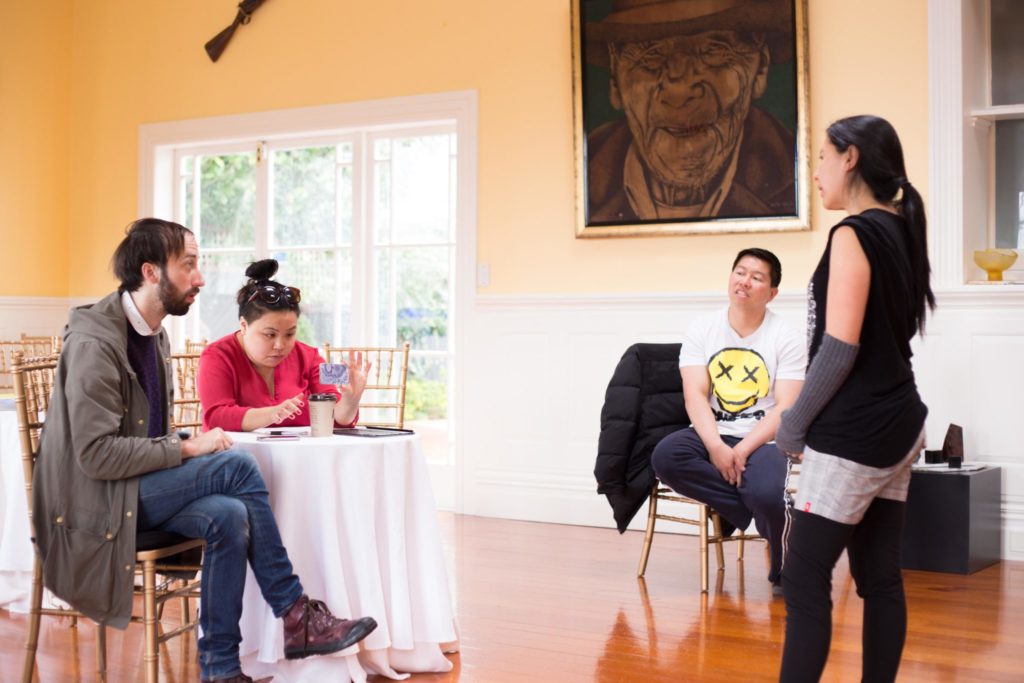
Hamish Parkinson dramaturging for Bubblelands with director Amanda Grace Leo and actors Hweiling Ow and Benjamin Teh. Photo credit Julie Zhu
Often dramaturges are offhandedly referred to as the critical eye or the outside voice, without actually clarifying what the role could actually mean for any given work. As Hunt indicates, by developing a habit of tearing ourselves away from the vocabulary normally associated with dramaturgy and becoming more aware of the environmental and cultural resources available, it becomes easier to engage with how we want to define the role of the dramaturge in our work.
It’s also useful to remember that while we may be a semi-colon at the bottom of the globe, we’re an integral part of the world’s changing dynamics. As our stories and people travel, our understanding of the world and our place also change. As a Pacific nation, we’ve been host to generations of manuhiri, visitors who bring a distinct perspective that contributes towards sculpting a dynamic cultural ecosystem.
A recent import into our theatre community, American dramaturge and literary advisor Alison Horsley is a highly skilled creative whose work ranges from different forms of script advice to production dramaturgy and programming support. Working in an environment of burgeoning growth and rapid change at the Court Theatre in Christchurch, the musical theatre specialist believes the dramaturgical context is fundamental to the development of any work:
“Dramaturgy is a giant context story that involves understanding and translating the vision that comes from the creative team all the way to the audience. It involves working with the playwright, director and actors so they have an idea of the historic and cultural background of the work, so that no matter what the content there is always a context. If it’s decided that Romeo and Juliet is set on the moon, my job is to create that ‘world of the moon’ for the creatives and the audience.”
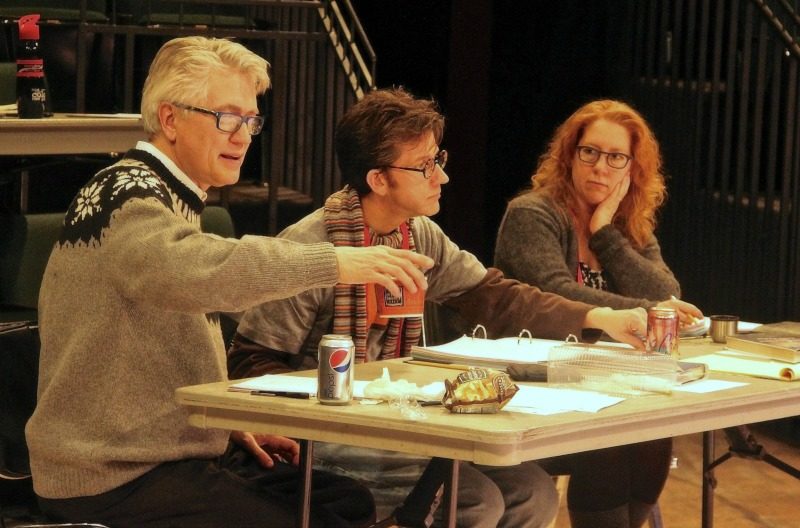
Alison Horsley with adaptor playwright Eric Schmiedl director Kent Thompson in rehersal for Benediction
Constructing this creative reality isn’t limited to theatre; it extends across all art forms. Dance educator and critic Raewyn Whyte recalls a long history of dance dramaturgy in New Zealand she’s keen to see revitalized. “In this country we do have a tendency for works to be character- or commentary-based, and as a result dramaturgy often becomes about obsessing with the text,” she says. “But as in the case of dance it’s crucial to realize that there is a huge socio-political universe here that deserves to be encountered.”
Singer, actor, and dramaturge Waimihi Hotere works extensively in creating work where song, movement, and speech are all fluid. Through her creative work as both a practitioner and scholar, she explores ways that can extend and deepen the creative vision of the works and its relationships at all levels. “As a dramaturge, it’s my job to be the architect of a space in which the director, cast, and crew – in fact, everyone involved in the company, as well as the audience – can actively engage with each other,” she says. “It’s the first and often most fundamental step that ensures the work will be valued.”
Although a subjective, shifting system dictates the ‘value’ of any given work, the uncomfortable question that seeks clarification of intention is more persistent. Programming Advisor at Auckland Arts Festival Angela Green has regular exposure to new works at all stages of their development, and is a passionate advocate for ensuring intentionality is a priority. In a world where live performance must compete with various art forms, she refers to shows that have crystallized their intentions. “The X Factor has a purpose and it knows exactly the box it has to tick,” she says. “That’s entertainment. If we’re truly calling ourselves artists, we need to have the same degree of articulation for our purpose. But often we just don’t.”
It’s a sentiment shared by former co-producer at Taki Rua and general manager of Indian Ink, Esther Roberts. “I’ve not gone to many shows where I feel I have been considered in the process,” she confesses. “As an audience member, I’ve often found that the purpose of the work is really unclear… sometimes that could be because the story is really weak or the performances aren’t hitting the right mark or the set design is distracting – and I feel bad for saying that.” Nevertheless, she does feel it’s important we challenge each other. “Everybody’s artistic vision should be relentlessly questioned, and that’s what good art does: it gets people to ask questions, not in an aggressive manner but in a way that is conducive to developing people’s curiosity.”
That question of vision and purpose is a dilemma faced across all sectors of the industry. Tainui Tukiwaho, playwright and artistic director of Te Pou, suggests that a re-engagement with the both the underlying and immediate intentions of the artist are essential to revitalizing a sense of clarity.
“Quite often I don’t think people understand the kaupapa of their work,” he says. “You’ll often hear artists say ‘I want to put on a show but I don’t want it to be stink, I want to put on a show but I don’t want people to judge me, I want to put on a show but I don’t want to get it wrong’ – so they are driven by the desire of not wanting certain things, and often that’s exactly what ends up happening.”
It often comes back to artists and our accountability to our art. But how do we dramaturgically honour the work and its creatives? Refining the purpose of a work is the start of a conversation to achieve greater clarity, but it also requires an understanding of the world of the work. This is a shared universe developed by the different creatives and performers, held together by the creative community and ultimately extended to the audience. The need to value dramaturgy arises not from a need to merely consolidate a definition (being such a porous term can work to its advantage) but to ensure it experiences emancipation from exclusively literary and euro-centric paradigms.
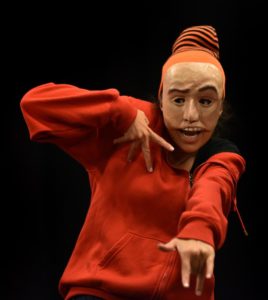
Pedro Ilgenfritz as dramaturg with Irasa Siave. Photo credit Peter Jennings
Pedro Ilgenfritz, director, dramaturge and senior lecturer at UNITEC explains this approach.
“The reach of dramaturgy goes beyond the exclusive laws of dramatic composition. Its context cannot be solely limited to drama or dramatic understanding… as a dynamic practice, it moves into other areas and disciplines – of history, sociology, philosophy, psychoanalysis, linguistics, semiology – and in doing so, is connected with social, historical, cultural, economic, spiritual and political processes.”
Ilgenfritz’s comment, like those of many of his colleagues and industry peers, highlights that dramaturgy and its latent value depend on a flexible system. In order to value dramaturgy, it’s essential the codes for dramatic construction are recognized as operating under a range of different factors.
This is evident not just in theatre and dance, but in film as well. Karin Williams, creative producer for theatre and film, is excited about what a robust dramaturgical process could bring to the community. “Within the Pasifika community we are on the verge of greatness – but what will take us to the next level is developing the critical skills to create a work that will have life on the stage or on the screen and long after the lights come up.”
To reach that next level, there need to be changes. We need to improve the infrastructural support for dramaturges, as well as how we receive dramaturgical feedback. We can do this through interrogating the existing system and its operating models and finding new and innovative ways to create outcomes that can have a high degree of dramaturgical impact.
“We need a culture of critical conversation and dramaturges have the capacity to challenge not just the content but the vision of the work,” says Williams. “We’ve been waiting for these changes and the tipping point is fast approaching.”
This post was written by the author in their personal capacity.The opinions expressed in this article are the author’s own and do not reflect the view of The Theatre Times, their staff or collaborators.
This post was written by Dione Joseph.
The views expressed here belong to the author and do not necessarily reflect our views and opinions.

